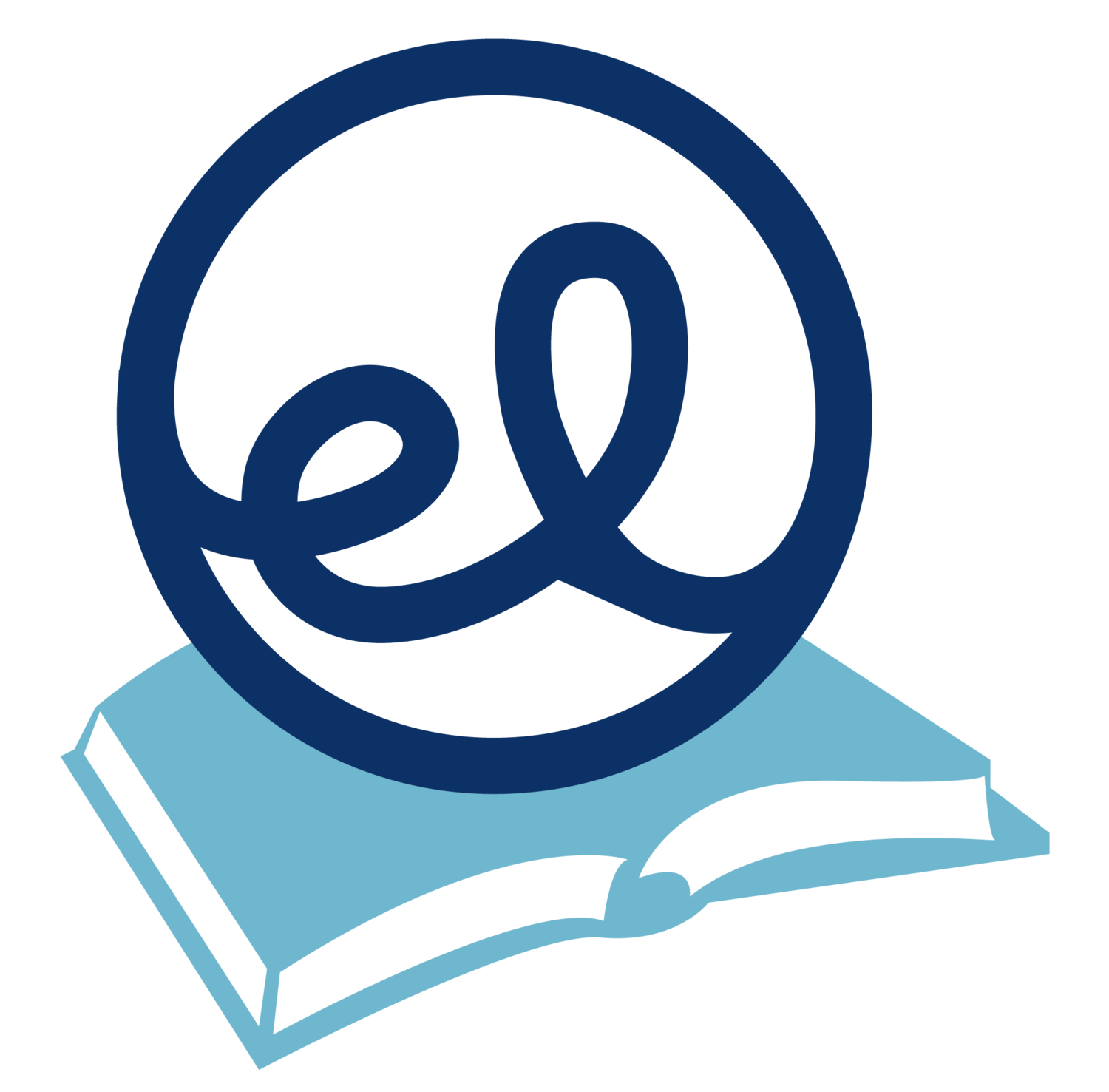
Engaging Learners is your source for lessons that have been specifically adapted to the
Literacy & Learning Center model
The Literacy & Learning Centers Resources paid subscription site has been suspended. Educators all over the world are under such strain that I’m now giving FREE access to many of my Literacy & Learning Center and Hands-On Grammar resources.
Click here to visit the FREEBIES page where you’ll be able to download this week’s valuable activity, classroom strategy, or teacher tip. All activities can easily be adapted to any classroom model. Visit every week and collect them all!
Thanks for everything you continue to do for students,
Katie
Subscribe to our newsletter!
About once a month, I email a newsletter to like-minded teachers and school administrators. Consider subscribing. It’s an ideal option for busy educators who want to stay in-the-know about upcoming presentations, webinars, book releases, and latest research by me and the rest of my team. Plus it’s the surest way to guarantee you won’t miss access to FREE live webinars, podcasts and broadcasts, as well as plenty of sample give-aways! You always have the option to unsubscribe if you don’t find it to be useful.





